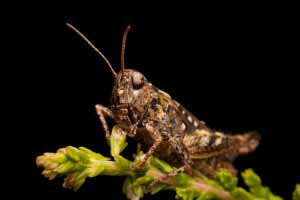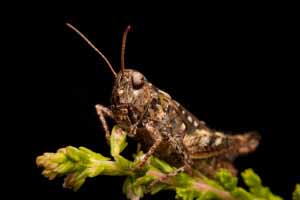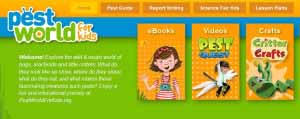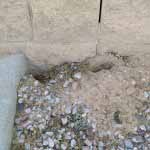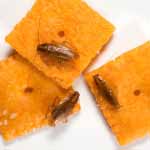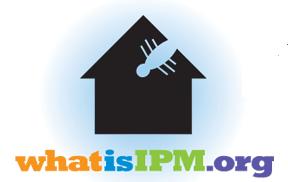“Top 5 insects you should be eating“. Maybe this would be a way to keep those pests numbers down, OK I wouldn’t be eating anything I found out in the wild unless I had to.
Not only are insects cheap, they are filled with proteins, fats, vitamins and minerals.


